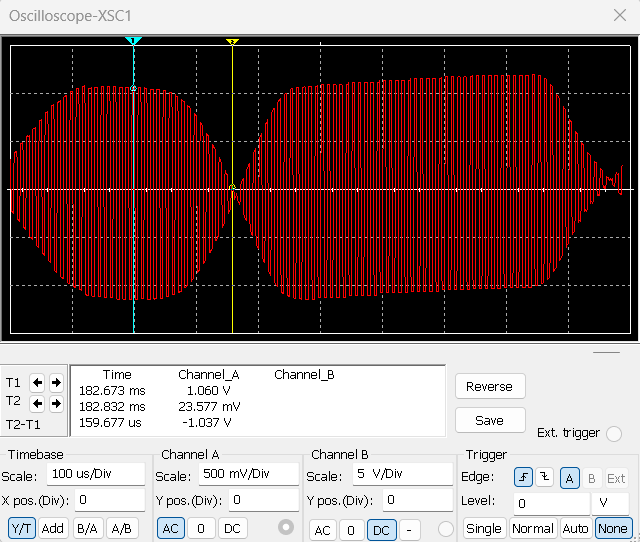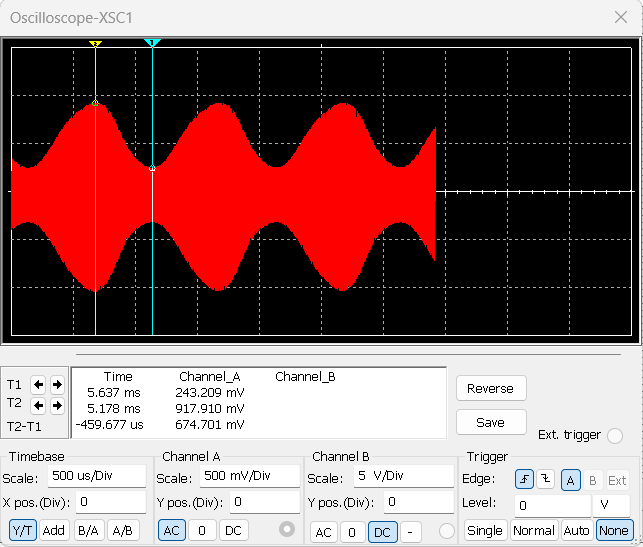Dear BTE-ian,
So, today is Test 2.
I am thrilled to witness your dedication and enthusiasm as you tackle Test 2 :), delving into the intricate world of Amplitude Modulation (AM).
Even in today’s an era dominated by the marvels of 5G and cutting-edge communication systems, you might be wondering why we still have the fundamentals of AM modulation in your syllabus…
Let me share some insights that highlight the enduring relevance of AM modulation, even in today’s rapidly advancing technological landscape.
The Time-Tested Elegance of AM Modulation
Amplitude Modulation is a technique that has stood the test of time, continues to play a crucial role in the context of communication systems. While it may seem like a relic of the past, AM modulation possesses certain attributes that make it indispensable, particularly in certain applications.
1. Robustness and Simplicity
One of the key reasons for the enduring relevance of AM lies in its robustness and simplicity. Unlike more complex modulation schemes, AM is relatively straightforward to implement and offers robust performance in challenging environments. Its simplicity allows for cost-effective and energy-efficient communication solutions, making it an attractive choice for various applications, including broadcasting.
2. Efficient Use of Bandwidth
AM modulation utilizes bandwidth efficiently, a characteristic that becomes increasingly important in the era of spectrum scarcity and the proliferation of wireless devices. In scenarios where bandwidth is a precious resource, AM modulation provides an effective means of transmitting information without imposing excessive demands on the available frequency spectrum.
AM Modulation in the Heterogeneous Radio Structure
As we navigate through the intricacies of modern communication systems, the concept of a heterogeneous radio structure becomes paramount. In this context, AM modulation finds its place alongside more advanced modulation schemes within a diversified framework.
1. Complementing Digital Communication
While digital modulation techniques dominate the landscape, AM modulation complements these methods in a heterogeneous radio structure. It can coexist harmoniously with digital signals, offering versatility in addressing different communication requirements.
Recall the heterogenous radio structure in this video, shared in week 1 before:-
2. Niche Applications
AM modulation is well-suited for niche applications, such as long-range broadcasting and point-to-point communication. In the heterogeneity of today’s communication landscape, where diverse needs must be met, AM modulation provides a valuable tool in the engineer’s arsenal.
The Wider Picture: AM Modulation in the Age of 5G
As you tackle Test 2, it’s essential to understand that while 5G and advanced communication systems are at the forefront of technological innovation, the foundations laid by AM modulation still influence the broader picture. The principles you are learning in this laboratory are building blocks that contribute to your understanding of the dynamic and evolving world of communication systems.
To all my Section 1 students in BTE 3232 Communication System Design Laboratory, I extend my heartfelt wishes for success in Test 2. Embrace the challenges with the knowledge that you are acquiring skills that will serve you well in the ever-evolving field of electrical and electronics engineering.


May your understanding of AM modulation be as clear as the signals it transmits, and may you emerge from this test with newfound insights and confidence. Best of luck!
Nurul – Jan 4th, 24